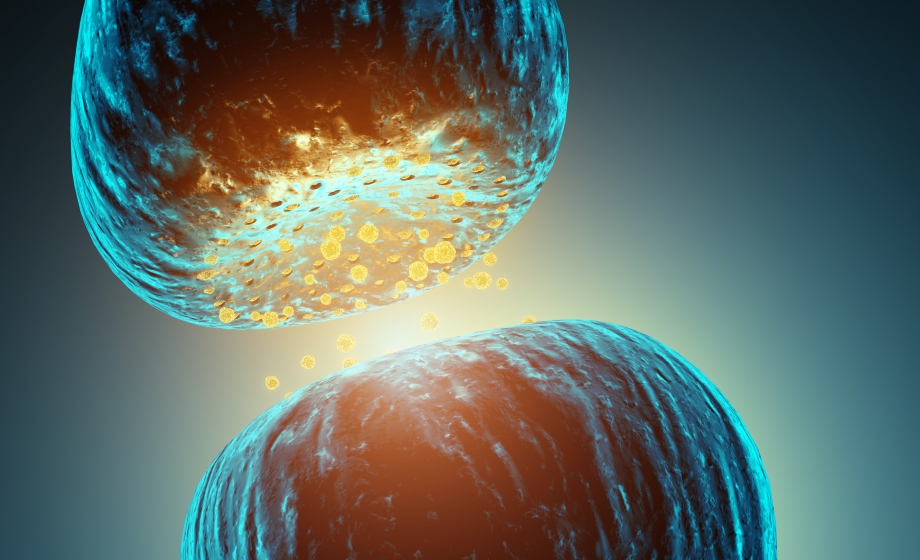Q&A Report: Identification and Classification of Tongue-Innervating Mechanoreceptors

These answers were provided by:
Yalda Moayedi, PhD
Assistant Professor of Neurological Sciences
Neurology and Otolaryngology-Head & Neck Surgery
Columbia University
The tongue of mice presents filiform papillae with different morphologies. Did you analyze different regions like the filiform papillae of the medial region of the tongue body and the lingual prominence? And if so, are there differences in receptors in the papillae of the different regions?
This is an excellent point. Unfortunately, due to technical considerations our calcium imaging studies focused primarily on anterior 1/3 of the tongue. Once we establish better histological markers of functional neuron classes it would be great to follow up with a more systematic analysis of innervation of each of these regions.
Did you happen to look at whether the molecular cell types or functional cell types you've identified in your calcium imaging experiments project to distinct regions in the brainstem (e.g., spinal trigeminal nucleus, principal sensory nucleus)?
Not yet, but this is a great direction for future projects.
Have you been able to correlate or study the impact of vascularization of the tongue body (blood flow) and different neuronal populations? Impact of specific food contents on tongue vascular blood flow?
There is evidence in the cutaneous system that blood flow can modulate tactile sensitivity.
This is not an area that we have looked into, but certainly would be an interesting area of research related to flavor perception.
Have you or do you plan to connect your neural structures to broader swallowing? Specifically wondering if you would connect this work to the related CPGs or other brainstem areas.
We have not studied these lingual mechanosensory neurons in the context of swallowing yet. Now that we have some genetic tools that target subpopulations of lingual mechanosensory neurons, it would be interesting to see if they modulate aspects of swallowing including generation of oral pressure or sensory-motor transformations relevant to feeding.
There is a subpopulation of mechanosensory neurons showing negative response upon mechanical stimulation. Do you have any thought about the potential mechanism or its functional significance?
These are a very interesting population. Our working theory is that that these neurons are tonically active at rest and have a slight increase in activity to pressure followed by a prolonged inhibition. Such a mechanism could occur through two-pore potassium channels expressed on these neurons.
Would this work be possible in rat models?
Yes! You can deliver GCaMP to the peripheral nervous system using AAVs that are publicly available. Other groups have done such studies in dorsal root ganglion neurons, and it should certainly be feasible in trigeminal ganglia as well. Expression in subpopulations of trigeminal neurons may be a little more difficult without transgenics, but it may be feasible if good promotors are identified.
Are motor and sensory neurons innervating the tongue somatotopically organized in the brain cortex?
Yes, there is evidence of somatotopy in humans.